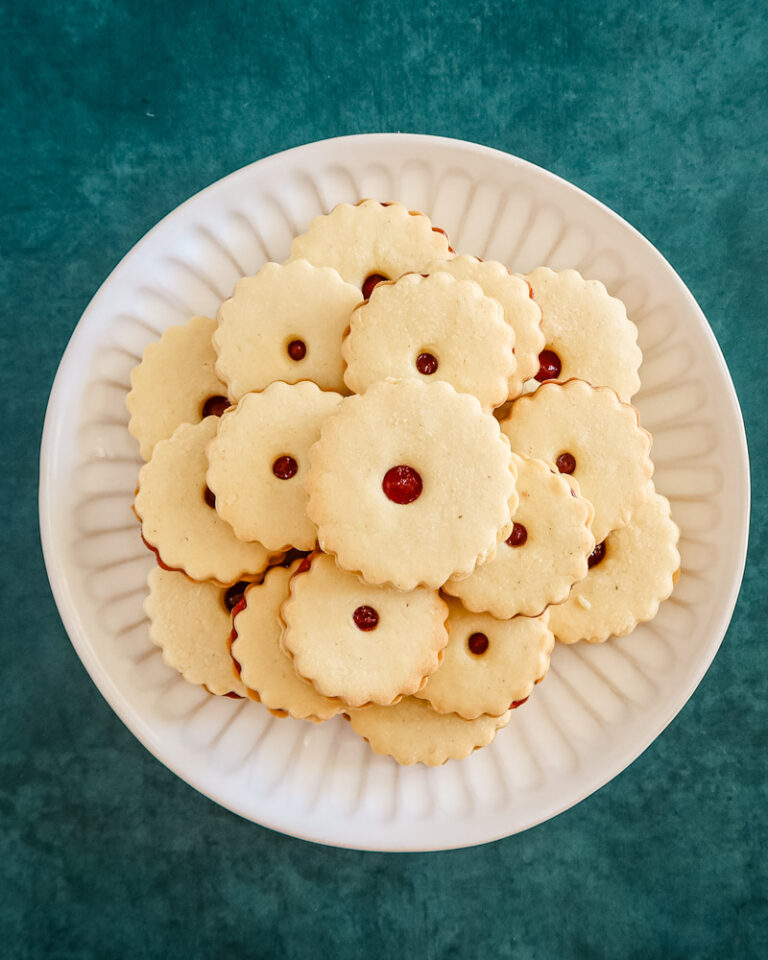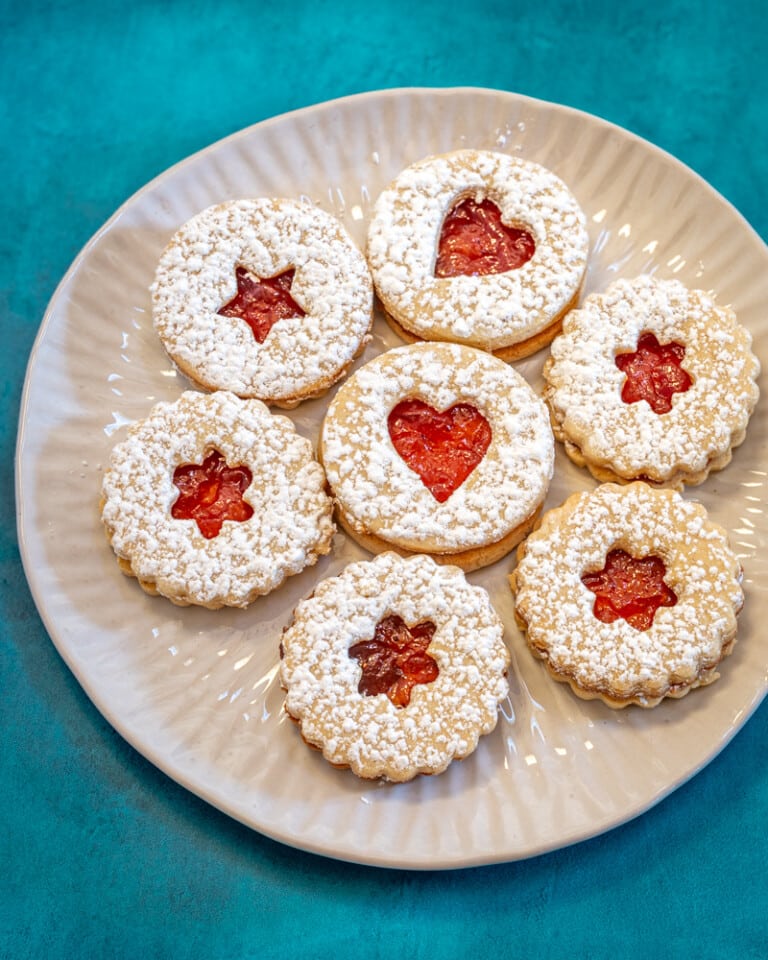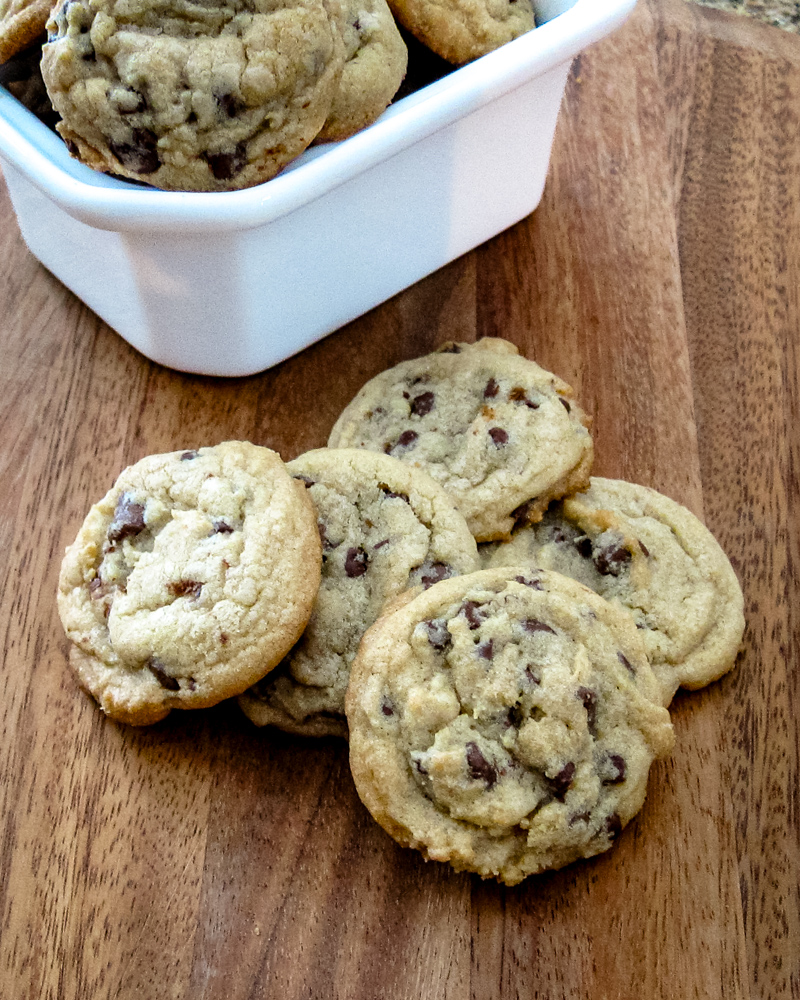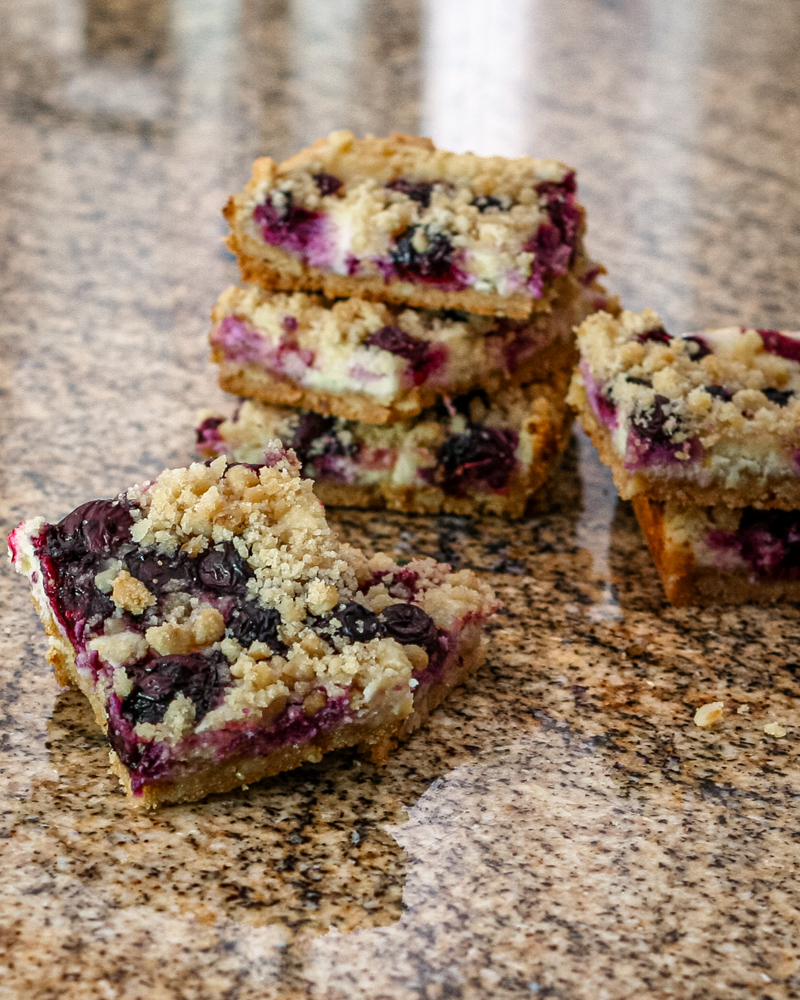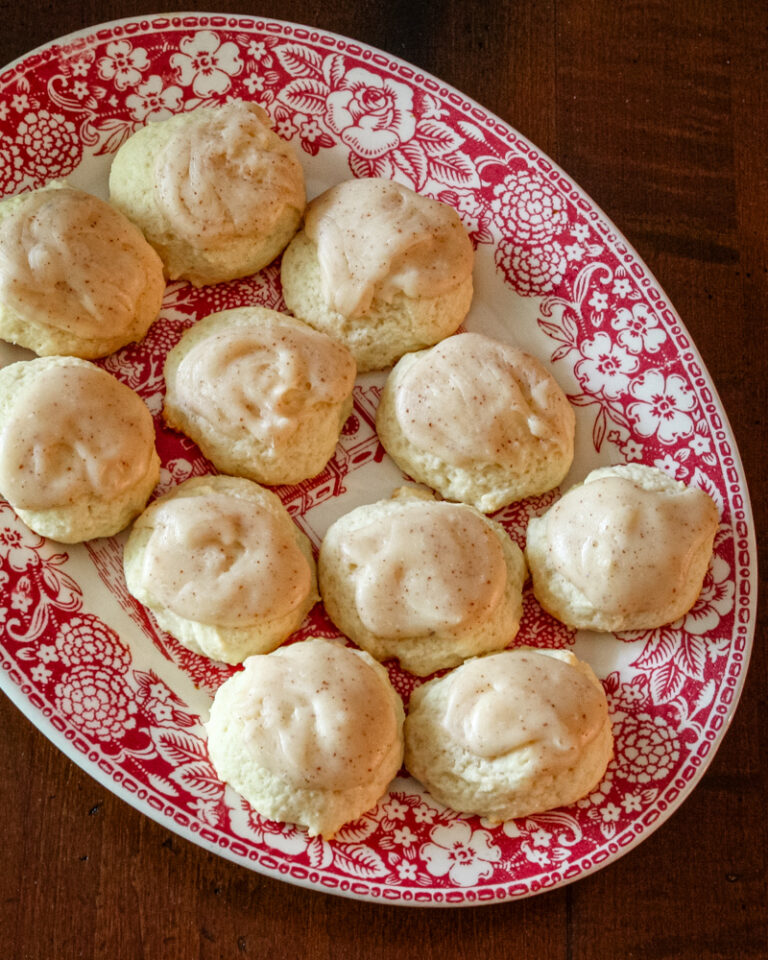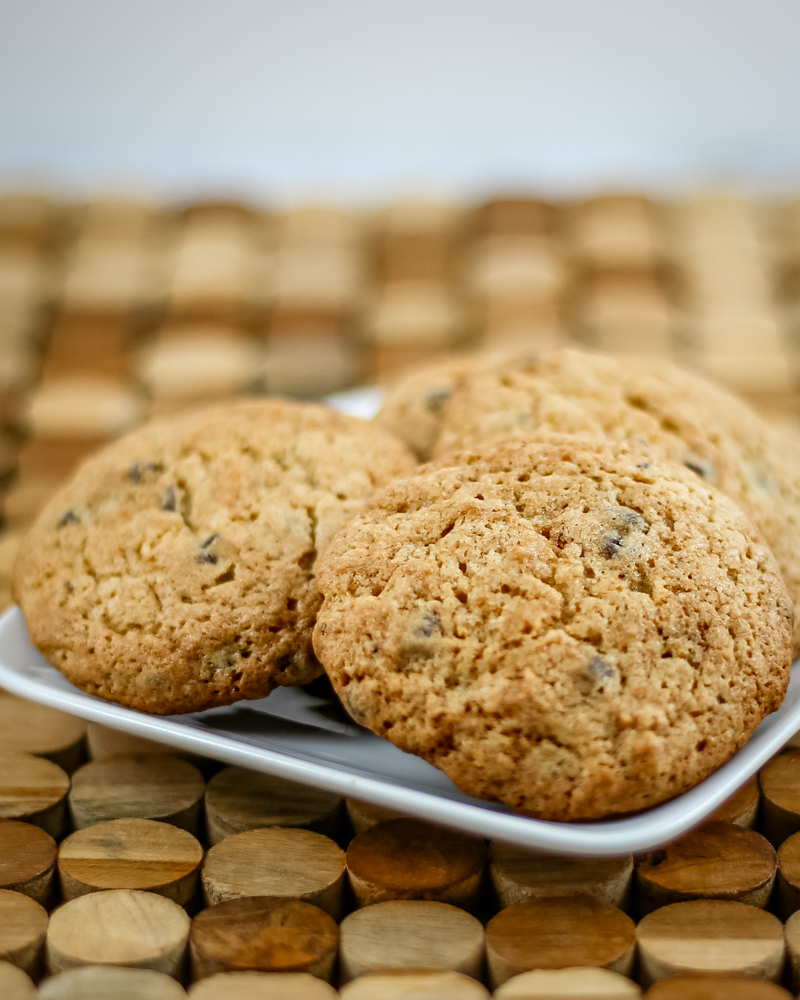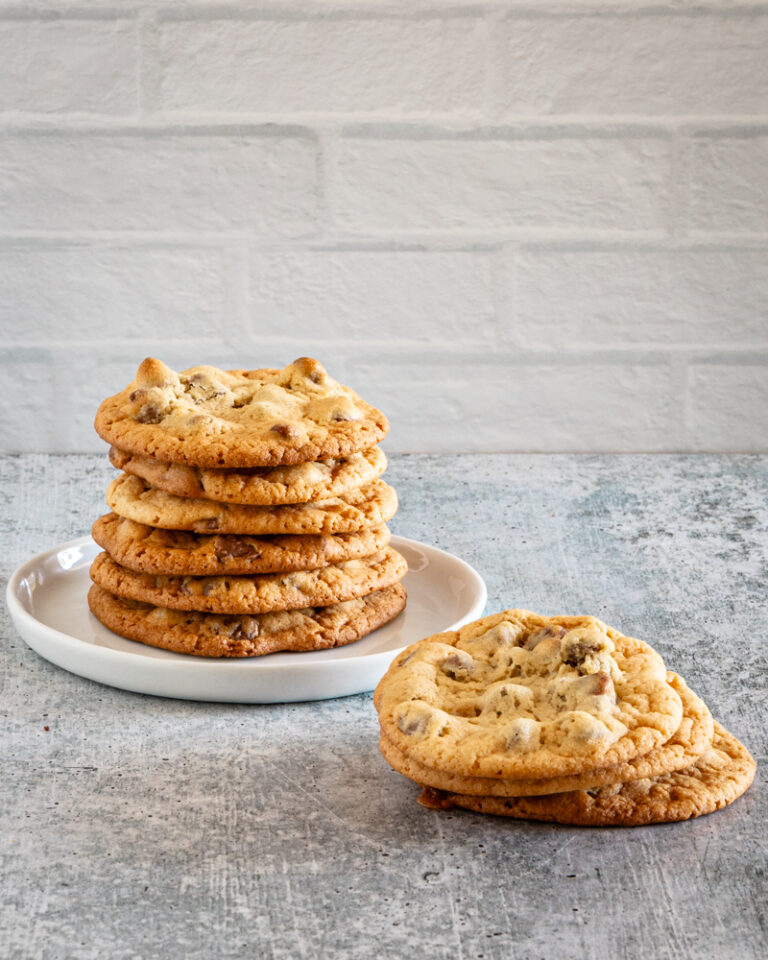Brown Sugar Shortbread
This wonderful brown sugar shortbread is a great cookie recipe for Christmas or any occasion. Dip it in chocolate!
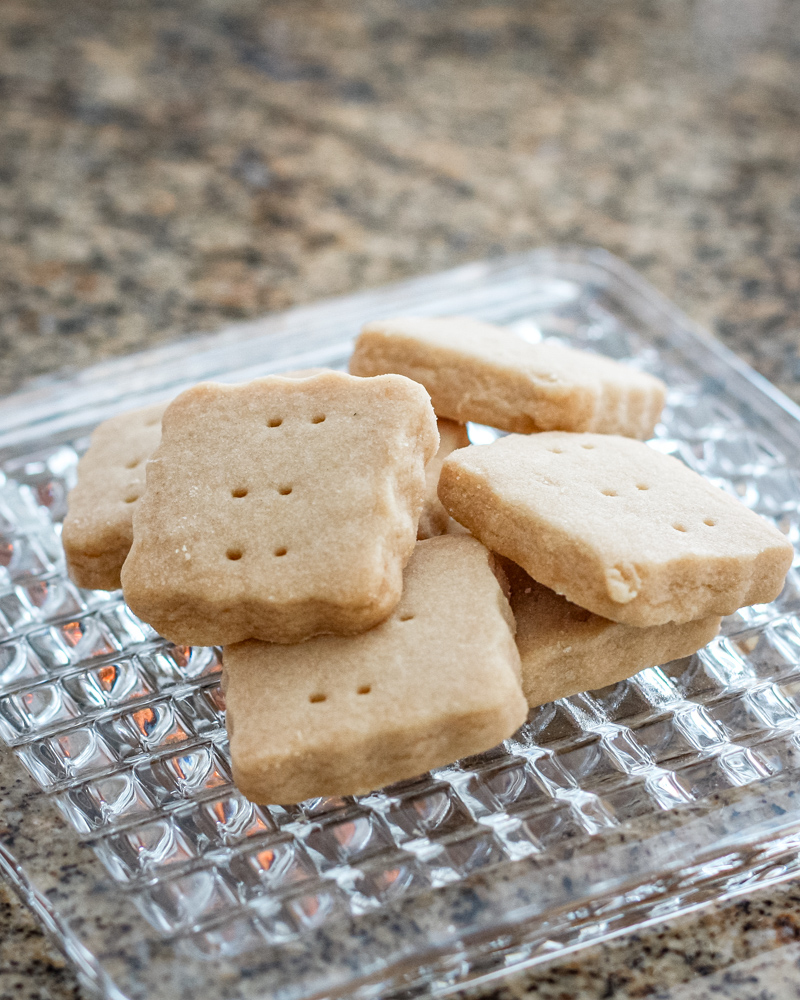
This brown sugar shortbread is a buttery, melt-in-your-mouth treat with just three simple ingredients. The brown sugar gives it a subtle caramel note, making it perfect for holiday cookie trays—or a cozy baking afternoon at home.
You can roll and slice the dough into fingers, squares, or wedges, or use your favorite cookie cutters for festive shapes. For a fun variation, dip the finished cookies in melted chocolate and add toppings like sprinkles or toasted coconut.
What You’ll Like About These Cookies
- Just three ingredients. Butter, brown sugar, and flour come together for classic shortbread texture and flavor.
- Perfect for any occasion. Great for Christmas, bake sales, or a simple weekend treat.
- Make-ahead friendly. Dough holds well in the fridge and baked cookies freeze beautifully.
- Customizable finish. Dip in chocolate, decorate with sprinkles, or leave them plain and elegant.
Ingredient Notes
- Light brown sugar: Adds subtle caramel flavor and a soft crumb.
- Butter: Unsalted is preferred—make sure it’s softened for easy mixing.
- All-purpose flour: Gives structure; weigh it for the most accurate texture.
- Optional toppings: Dip in chocolate and finish with sprinkles, nuts, or coconut for a special touch.
Steps to Make Brown Sugar Shortbread
- Preheat oven to 325°F.
- In a bowl, cream the butter and brown sugar until light and fluffy.
- Beat in the flour; knead gently if needed to fully incorporate.
- Roll dough out to about ¼ inch thickness on a lightly floured surface.
- Cut into desired shapes and prick each cookie with a fork.
- Place on ungreased baking sheets and bake for 22 to 26 minutes, until lightly golden around edges.
- Cool completely before dipping or decorating.
Tips
- Weigh the flour for best results—too much can make the cookies dry.
- Let the dough chill for 15 to 30 minutes if it’s too soft to roll out cleanly.
- For crisp edges, use a sharp knife or metal cookie cutters and reroll scraps gently.
- To dip in chocolate, wait until cookies are fully cooled and use good quality chocolate for best results.
Recipe Variations
- Dipped in chocolate. Dip half of each cookie in melted chocolate and decorate with sprinkles or sea salt.
- Wedges or fingers. Press dough into a round pan and slice into wedges before baking for a rustic look.
- Spiced version. Add a pinch of cinnamon or nutmeg to the dough for a warm twist.
- Vanilla touch. Stir in ½ teaspoon vanilla extract for extra depth.
- Toasted coconut topping. Sprinkle warm chocolate-dipped cookies with coconut flakes for texture.
Serving Suggestions
- Serve with coffee, tea, or hot cocoa.
- Add to a holiday cookie tray with other festive treats.
- Gift in clear bags or boxes for homemade holiday presents.
- Pair with fruit and cheese for a sweet-savory dessert board.
- Enjoy with a glass of milk for a classic snack.
How to Store
Room temperature: Store cooled cookies in an airtight container for up to 1 week.
Freeze: Freeze baked cookies or shaped raw dough. Separate layers with parchment and store in freezer-safe containers for up to 3 months.
Reheat: Not needed—just bring to room temperature if frozen. For a warm variation, toast lightly in a 300°F oven for a few minutes.
Brown Sugar Shortbread
Ingredients
- 1/2 cup brown sugar, light, firmly packed
- 1 cup butter
- 2 1/4 cups flour, about 10 1/4 ounces
Instructions
- Preheat the oven to 325°F.
- In a medium bowl, combine the brown sugar and butter; beat with electric mixer until light and creamy. Beat in flour (knead in the last of the flour if the dough is too thick for your mixer); turn out onto a lightly floured surface and roll to 1/4-inch thickness.
- Slice or cut out and use a fork to prick the cookies 3 or 4 times.
- Arrange the cookies on ungreased baking sheets and bake for 22 to 26 minutes, until lightly browned around the edges.
Notes
Nutrition
Disclaimer:
Our nutritional information is based on a third-party application that analyzes the ingredients list to determine the values. The information is meant to be helpful, but should be considered an estimate. Values may differ depending on measurements, brands, serving variations, and database availability.

